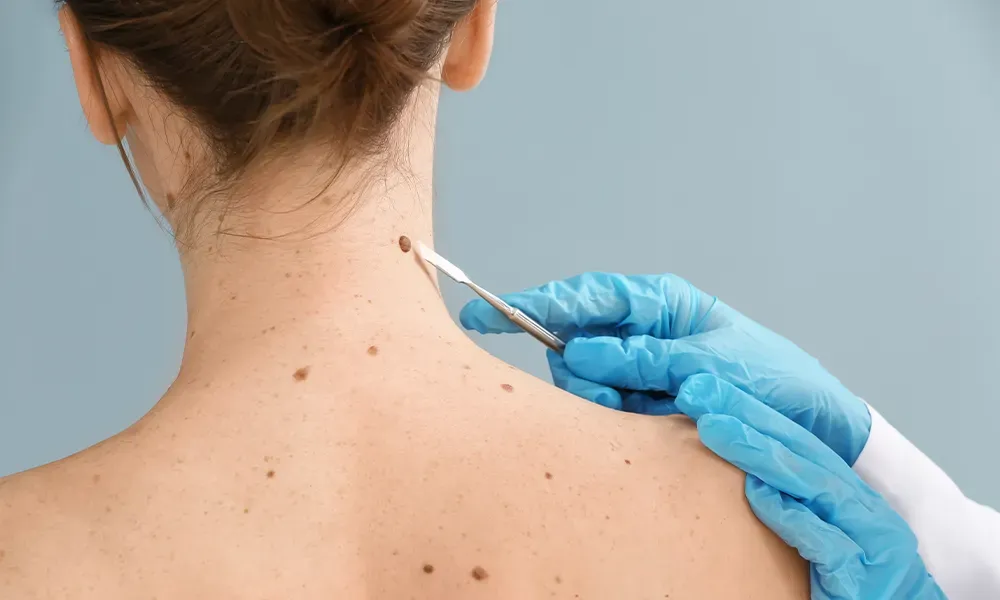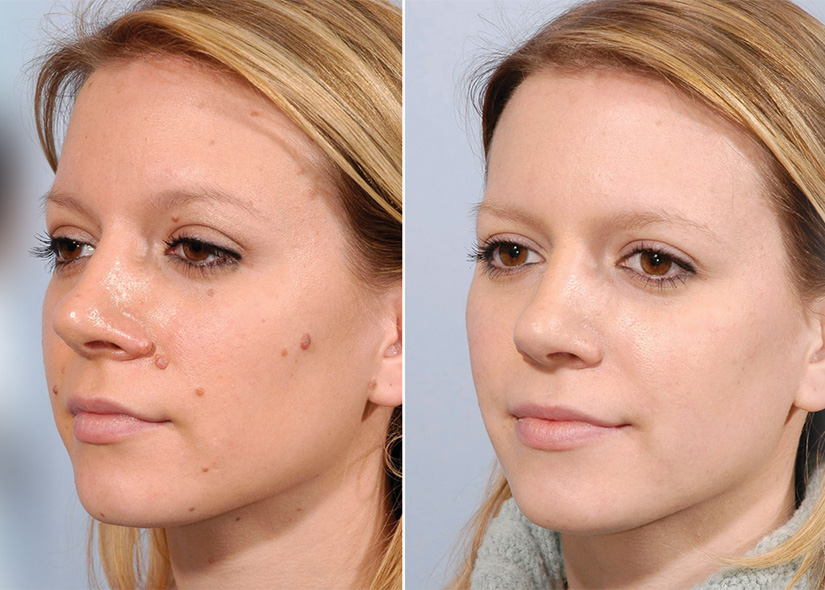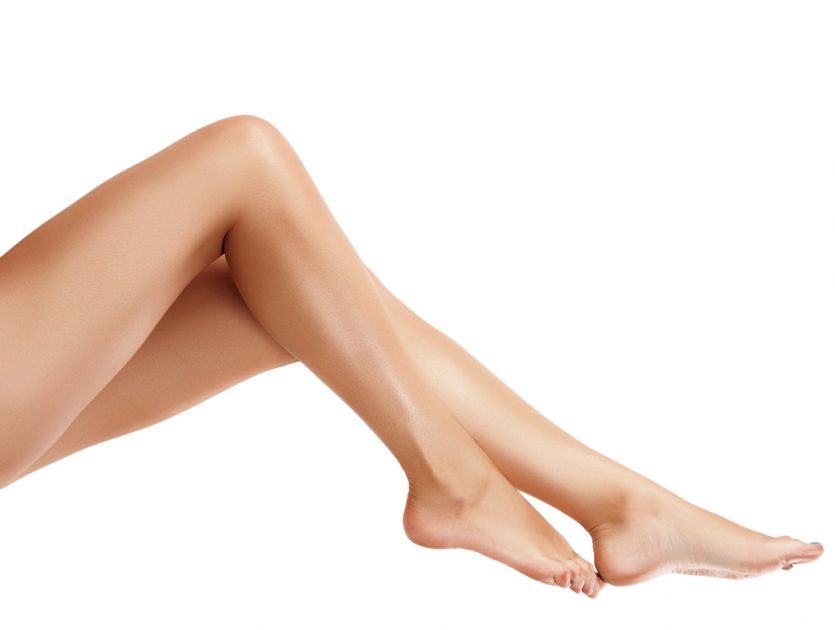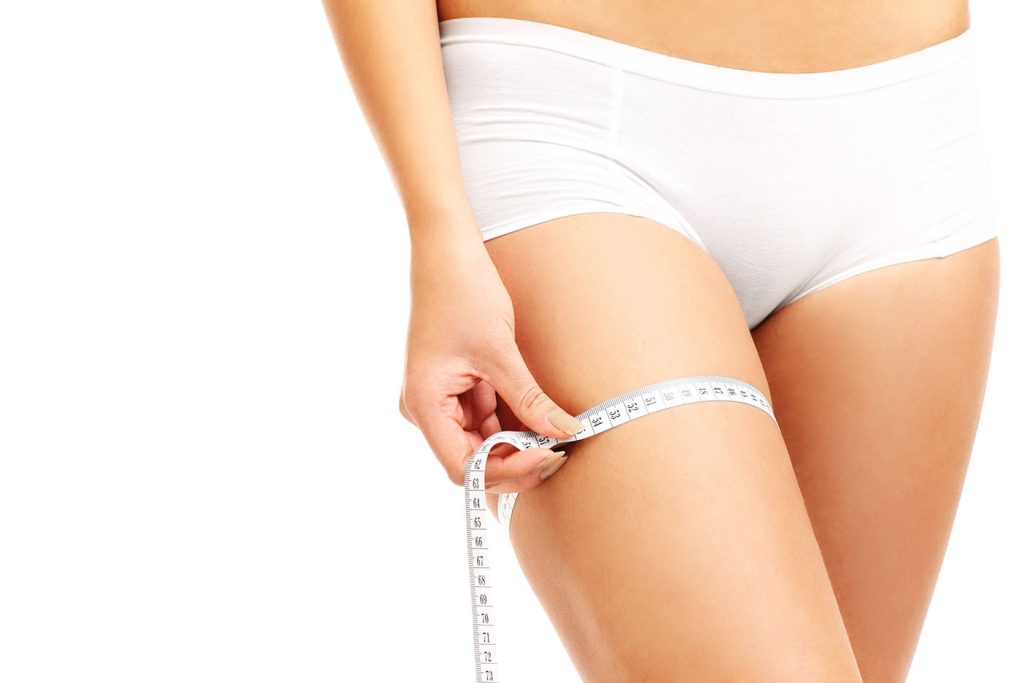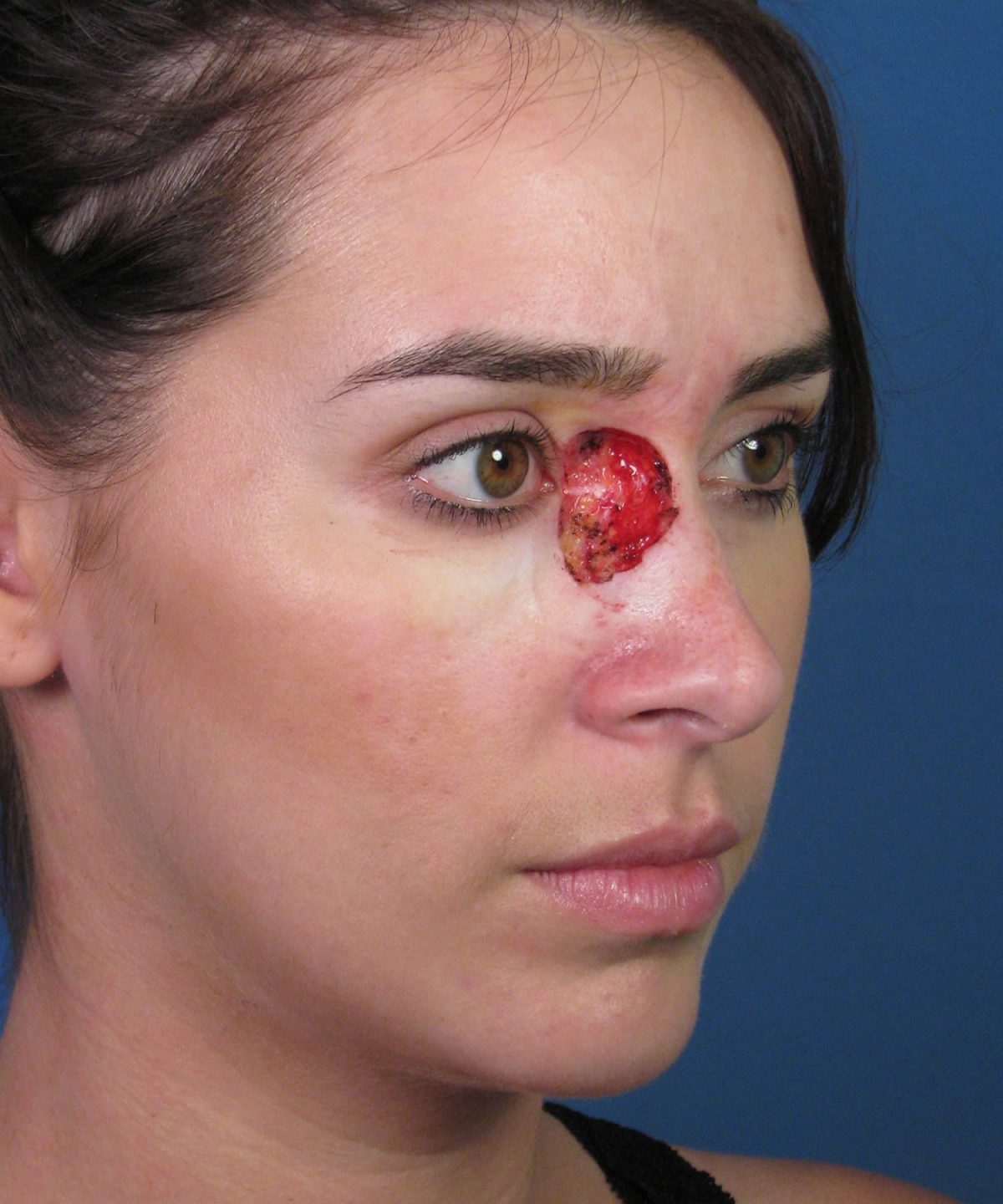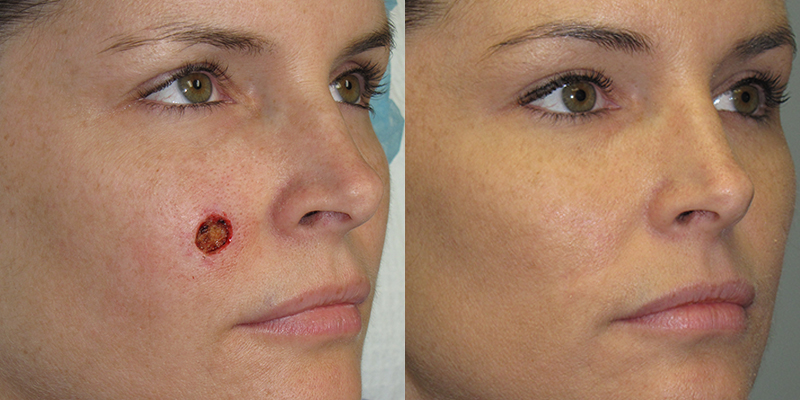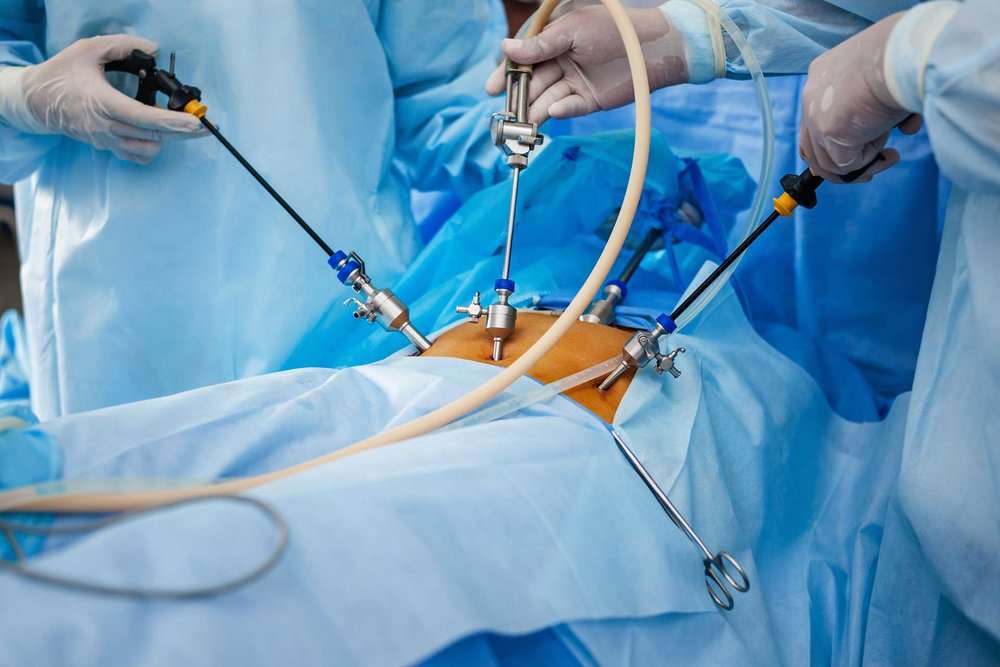Understanding Laser Lipo Technology
Mechanism
Laser lipo technology uses laser energy to target fat cells for weight loss in a painless procedure. The laser emits a specific wavelength that penetrates the skin, ensuring a painless procedure for the patient. This energy heats the fat cells inside, causing them to break down. The body then naturally removes these broken-down cells.
Unlike traditional liposuction, laser lipo is less invasive. There are no large incisions. Instead, small probes deliver the laser energy directly to the fat tissue for home use and weight management.
Procedure
Traditional liposuction involves inserting a cannula into the fat layer. Surgeons suction out the fat through this tube. This method requires anesthesia and often leads to significant bruising and swelling.
Laser lipo, on the other hand, uses laser probes. These probes melt the fat before removal. This makes it easier for the body to process the fat naturally. Recovery time is shorter with laser lipo. Patients often experience less pain and fewer side effects.
Recovery
Recovery from traditional liposuction can take weeks. Patients usually need to wear compression garments and avoid strenuous activity.
Laser lipo offers a quicker recovery. Most people can return to normal activities within a few days. There is also less risk of complications like infection or scarring.
Advancements
Recent advancements in laser technology have made at-home devices possible. These devices use low-level laser therapy (LLLT). They are designed for safety and ease of use.
At-home laser lipo devices are less powerful than professional machines but still effective. Users can target specific areas of their bodies. These devices usually come with detailed instructions and safety guidelines.
Home Laser Lipo Machines Overview
Features and Specs
Home laser lipo machines are popular for their convenience. These devices use laser technology to target fat cells. They break down the fat, which is then naturally expelled by the body. Many products come with adjustable settings for different body areas.
Most home devices are portable. They often have user-friendly interfaces. Some even have touch screens. The appearance of these machines can vary, but most are sleek and compact. Battery life is another feature to consider. Longer battery life means more extended usage without frequent recharging.
FDA Approval
Safety is crucial when using home laser lipo machines. Devices with FDA approval ensure they meet safety standards. This certification indicates that the product has been tested for effectiveness and safety.
Customer reviews often highlight the importance of this approval. Many users feel more confident using a device that has passed FDA scrutiny. It reduces the risk of side effects or injuries.
Price Range
Home laser lipo machines vary in price. Cheaper models can cost around $100-$200. These may have fewer features and lower power levels. Mid-range devices usually cost between $300-$500. They offer better performance and more settings.
High-end machines can go over $1,000. These often have advanced features like multiple laser wavelengths and higher power outputs. Quality and effectiveness generally improve with price, but it’s essential to read customer reviews before purchasing.
Customer Reviews
Reviews provide insights into real-life experiences with these devices. Many users share details about the effectiveness and ease of use. Positive reviews often mention noticeable changes in body appearance after consistent use.
Negative reviews might highlight issues like short battery life or ineffective results. Reading a variety of reviews helps in making an informed decision.
DIY Laser Lipo Popularity
Convenience and Privacy
Many users prefer DIY laser lipo because of its convenience. It allows people to perform the procedure at home. There is no need to schedule appointments or travel to clinics. This saves time and effort. Privacy is another key factor. Some individuals feel uncomfortable undergoing treatments in a public setting. At-home methods offer a more private experience.

Rising Consumer Interest
Consumer interest in at-home cosmetic treatments has risen sharply. A survey in 2021 showed that 45% of respondents were interested in non-invasive fat reduction methods. The price of professional treatments can be high, making DIY options attractive. At-home kits are often more affordable.
Social Media Influence
ial media plays a significant role in promoting at-home laser lipo kits. Influencers share their experiences and results online. This creates buzz and drives interest. Many people trust these influencers’ opinions.
Frequency of Use
Users often follow specific guidelines for frequency of use. Most kits recommend using the device several times a week. Following these recommendations can help achieve desired results.
Methods and Safety
Different methods exist for DIY laser lipo. Some kits use cold laser technology, while others use heat-based systems. Safety is crucial when using these devices. Users should read instructions carefully and follow them to avoid any risks.
Step-by-Step Home Laser Lipo Guide
Preparation
Read the user manual carefully. It contains important information about the machine. Ensure you understand all instructions before starting.
Clean the area where you will apply the laser. Use mild soap and water. Dry thoroughly with a clean towel.
Setting Up the Machine
Plug in your home laser lipo device. Check that it is working correctly. Adjust settings according to the manufacturer’s recommendations.
Wear protective eyewear if provided. This protects your eyes from the laser light.
Application Process
Apply the laser to the targeted area. Move it slowly and evenly across your skin. Follow the recommended duration for each session.
Avoid holding the device in one spot for too long. This prevents skin damage and ensures even results.
Post-Treatment Care
After treatment, apply a soothing lotion to the treated area. This helps reduce any redness or irritation.
Drink plenty of water. Staying hydrated aids in flushing out fat cells from your body.
Scheduling Treatments
Set a regular schedule for your treatments. Consistency is key to achieving desired results.
Keep a log of each session. Note down the date, time, and any observations about your skin’s condition.
Monitoring Progress
Track changes in your weight and measurements. This helps you see how effective the treatments are over time.
Take photos before and after each session. Visual evidence can be very motivating.
Safety Tips
Always follow the manufacturer’s instructions closely. Improper use can lead to injuries or ineffective results.
Do not use the device on broken or irritated skin. Wait until your skin is fully healed before resuming treatments.
Common Mistakes
One common mistake is neglecting post-treatment care. Skipping this step can lead to discomfort or poor results.
Another mistake is using the device more frequently than recommended. Overuse can cause skin damage and reduce effectiveness.
Benefits of Home Use
Using a laser lipo machine at home offers convenience. You can schedule treatments around your daily routine without needing appointments.
It is also a painless procedure compared to traditional invasive procedures like liposuction, making it accessible for many people.
Evaluating At-Home Laser Lipo Safety
Common Concerns
Using laser lipo machines at home raises several safety concerns. One major issue is the lack of professional supervision. Without a trained expert, users might misuse the device. This can lead to burns or skin damage. Another concern is the quality of the equipment. Not all devices meet safety standards. Some may be in an unused condition but still faulty.
Minimizing Risks
To minimize risks, follow some simple tips. First, always test the device on a small area of your skin. This helps check for any adverse reactions. If you notice redness or irritation, stop using it immediately. Second, read the user manual thoroughly. Understand how to operate the machine correctly.
Consult Healthcare Professionals
Consulting a healthcare professional is crucial before starting treatments. They can provide personalized advice based on your medical history. They might also recommend safer alternatives if they find laser lipo unsuitable for you. Investigators say paramedics came to assist people who experienced severe reactions from at-home treatments.
Real-Life Incidents
There have been real-life incidents highlighting the dangers of at-home laser lipo. Investigators found that improper use led to hospital visits. For example, neighbors say police were called when someone suffered severe burns from a faulty device. These cases underscore the importance of professional guidance.
Home Laser Lipo Benefits and Risks
Benefits
Home laser lipo offers several benefits. One key advantage is the reduced fat in targeted areas. This method allows users to focus on specific body parts, such as the abdomen or thighs. Unlike traditional methods, it can be done in the comfort of one’s home.
Another benefit is improved skin tightness. The laser helps stimulate collagen production. This can lead to firmer and smoother skin over time. Many users report feeling more confident after treatments.
Risks
There are also risks associated with home laser lipo. One major risk is skin irritation. The laser can cause redness or burns if not used correctly. Always follow the manufacturer’s instructions to minimize this risk.
Uneven fat removal is another potential issue. Without professional guidance, it’s easy to remove too much or too little fat from certain areas. This can lead to an uneven appearance and dissatisfaction with results.
Side Effects
Side effects are common with any cosmetic procedure. Home laser lipo is no exception. Temporary swelling and bruising may occur after treatment. These symptoms usually subside within a few days.
e users experience numbness in the treated area. This side effect is typically temporary but can be uncomfortable. If numbness persists, consult a healthcare provider for advice.
Professional Comparison
Comparing home laser lipo to professional procedures reveals some differences. Professional liposuction is performed by trained surgeons. They use advanced equipment and techniques for precise fat removal.
Professional liposuction offers more immediate results. However, it involves anesthesia and a longer recovery period. There are also higher costs associated with professional treatments.
Home laser lipo is less invasive and more affordable. It doesn’t require anesthesia or significant downtime. However, achieving noticeable results may take longer and requires consistent use.
Tips for Optimal Home Laser Lipo Results
Preparation
Stay hydrated before the treatment. Drink plenty of water. This helps your body respond better to the laser lipo.
Avoid alcohol at least 24 hours before. Alcohol can dehydrate you and affect results.
During Treatment
Follow the device instructions carefully. Each device may have specific guidelines.
Use the laser lipo device on clean, dry skin. This ensures better contact and effectiveness.
Post-Treatment Care
Moisturize your skin after each session. This keeps the treated area healthy.
Avoid strenuous activities immediately after. Give your body time to recover.
Healthy Lifestyle
Combine laser lipo with a balanced diet. Eating healthy enhances fat reduction results.
Exercise regularly. Physical activity helps maintain weight loss and improve overall health.
Realistic Expectations
Results may vary from person to person. Some might see changes quickly, while others take longer.
Be patient. Visible results can take weeks or even months.
Professional Advice
Consult a healthcare provider before starting home laser lipo treatments. They can offer personalized medical advice.
Consider professional treatments if home methods do not give desired results. Clinics offer advanced options for fat reduction.
Maintaining Results After Laser Lipo
Balanced Diet
A balanced diet is crucial. Consuming a variety of nutrients helps maintain results. Focus on lean proteins, whole grains, and vegetables. Avoid processed foods and sugary drinks. These can lead to weight gain and stubborn fat returning.
Regular Exercise
Regular exercise supports laser lipo results. Aim for at least 30 minutes of activity daily. Cardio exercises like running or cycling burn calories. Strength training builds muscle and boosts metabolism. Both are essential for long-term success.
Follow-Up Treatments
Follow-up treatments may be necessary. Consult your provider about the frequency. Some people need touch-ups every few months. Others might require them annually. This helps in maintaining the initial results.
Lifestyle Changes
Lifestyle changes prolong the effects of laser lipo. Stay hydrated by drinking plenty of water. Get enough sleep each night. Manage stress through activities like yoga or meditation. These habits support overall health and help keep fat off.
Monitoring Progress
Track your progress regularly. Use a journal or app to log meals and workouts. Take photos to see physical changes over time. This keeps you motivated and aware of any needed adjustments.
Summary
You’ve learned a lot about at-home laser lipo. From understanding the technology to evaluating its safety, you’re now better equipped to make informed decisions. Home laser lipo can be a game-changer, offering convenience and cost savings.
But remember, safety is key. Always follow guidelines and consult with professionals if unsure. Ready to start your journey towards a slimmer you? Dive in and take control of your body transformation today!
Frequently Asked Questions
What is laser lipo technology?
Laser lipo uses laser energy to break down fat cells. It’s a non-invasive method that targets specific areas.
Are home laser lipo machines effective?
Home laser lipo machines can offer some results. However, they are not as powerful as professional treatments.
Is DIY laser lipo safe?
DIY laser lipo has risks. Without proper training, you may harm your skin or fail to achieve desired results.
What are the benefits of home laser lipo?
Home laser lipo is convenient and cost-effective. You can do it at your own pace and in the comfort of your home.
How can I optimize my home laser lipo results?
Follow the manufacturer’s instructions closely. Stay hydrated, maintain a healthy diet, and exercise regularly for best results.
What are the risks of at-home laser lipo?
Possible risks include burns, skin irritation, and ineffective fat reduction. Always follow safety guidelines to minimize these risks.
How do I maintain results after laser lipo?
Maintain a balanced diet and regular exercise routine. Consistent healthy habits help keep the fat off post-treatment.







